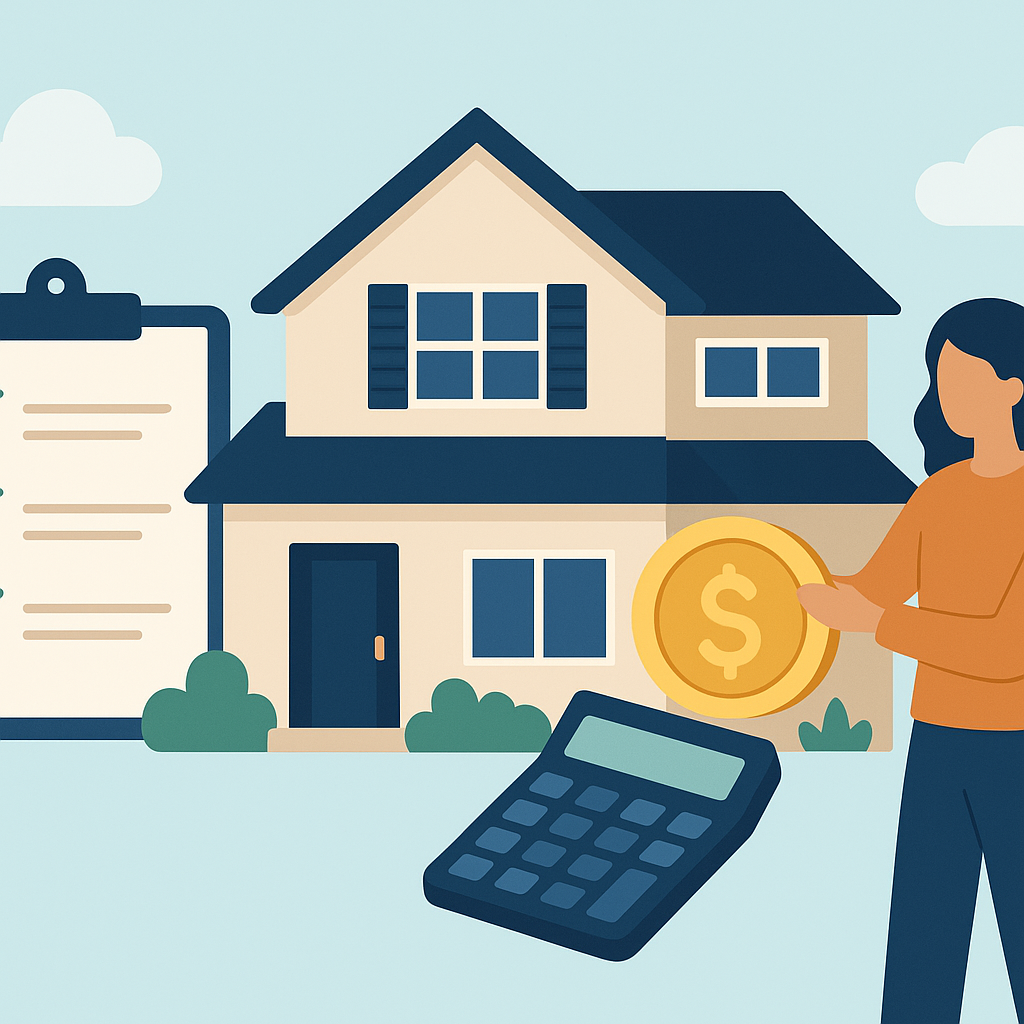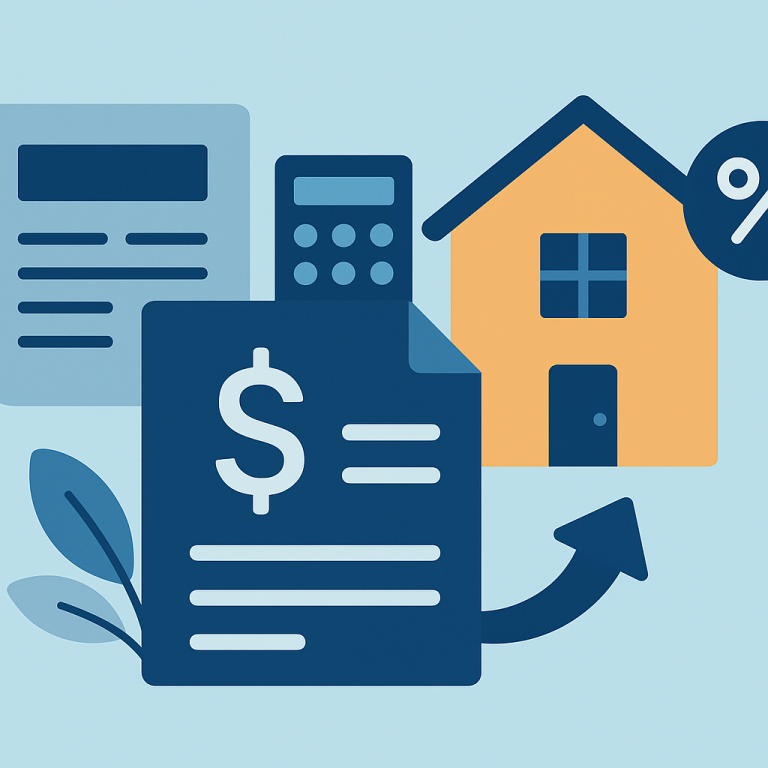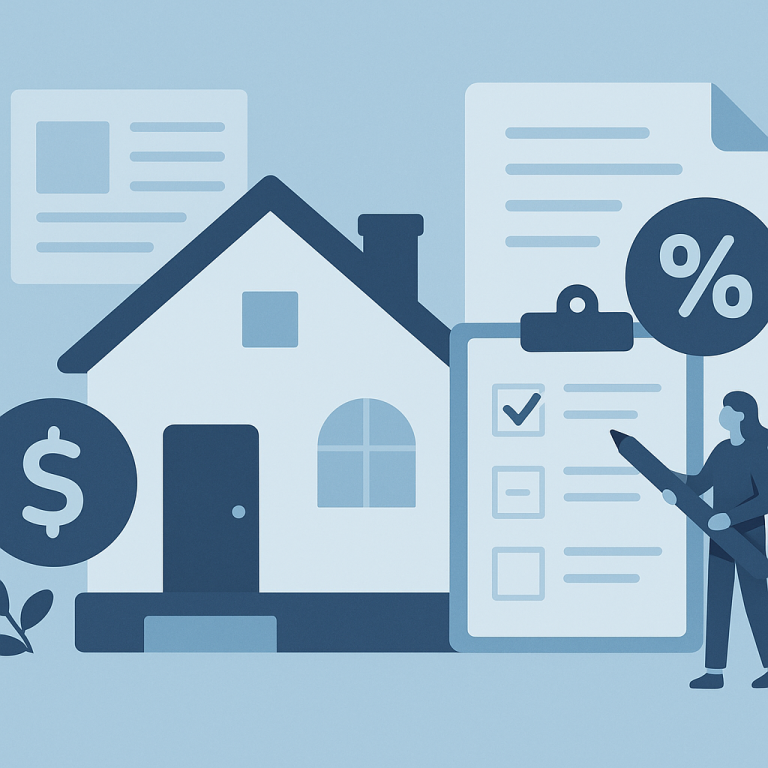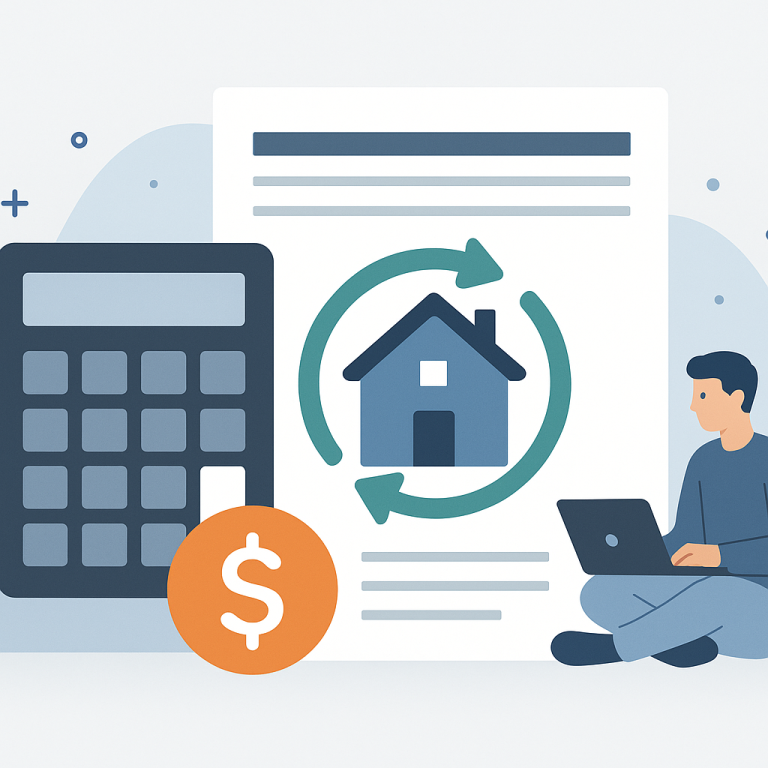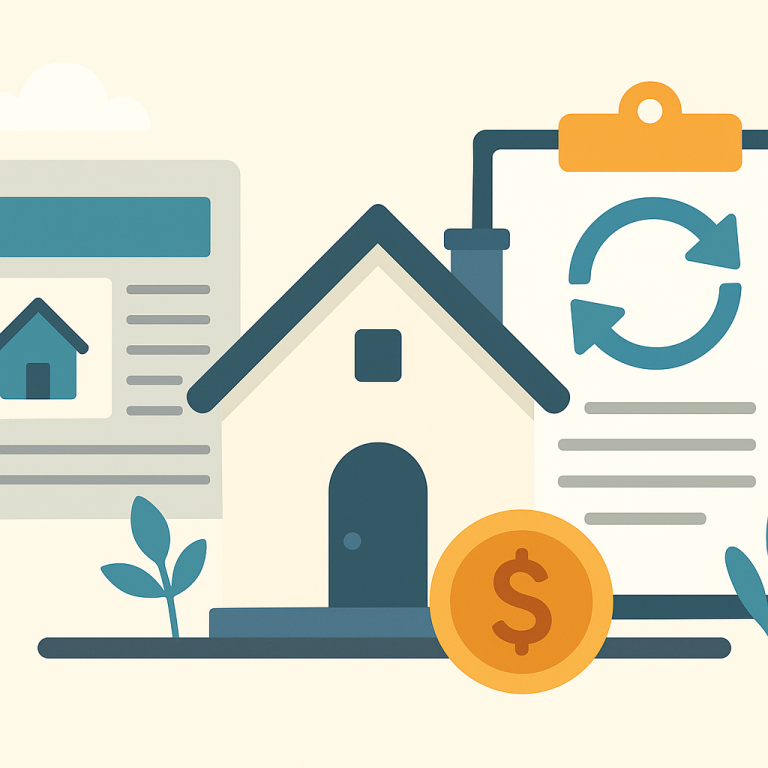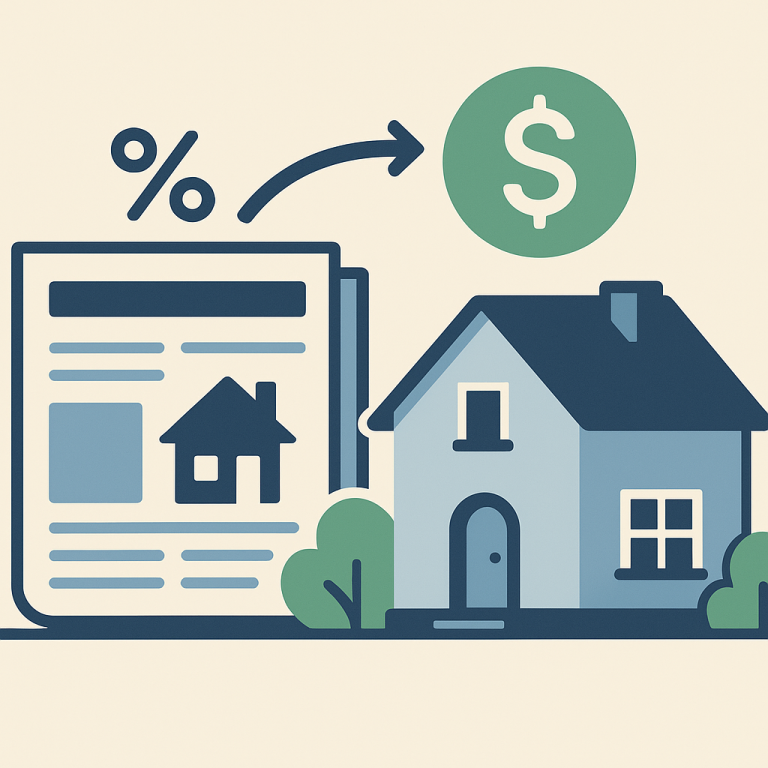Refinance guide investment property refinance requirements
What an Investment Property Refinance Is — and When It Makes Sense
Refinancing an investment property replaces the existing mortgage with a new loan under different terms. Investors refinance to lower the interest rate, change the loan term, switch from adjustable to fixed rate, pull cash out of equity, or move a portfolio into a different loan structure. An investment-property refinance makes sense when you can materially improve your monthly cash flow, secure a better long-term rate, access equity at acceptable cost, or restructure debt to match your investment strategy.
Common Requirements to Qualify
Though specific criteria vary by lender and loan product, most investment-property refinance applications require:
- Credit score—typically 680+ for conventional loans; stronger pricing at 720+.
- Loan-to-value (LTV)—commonly 75% for cash-out refinances on single-family investment properties; rate-and-term may allow up to 80% LTV with overlays.
- Documentation of rental income—tax returns (Schedule E), executed leases, or 12 months of rental history.
- Debt-service coverage—some lenders use DSCR (net operating income divided by debt service) with minimums of 1.0–1.25 for investor-focused products.
- Reserves—many lenders require several months of mortgage payments in reserve (often 3–12 months’ PITI), especially for multiple properties.
- Appraisal—an appraisal is usually required to establish current market value and condition.
- Seasoning—most lenders require you to have owned the property for at least six months before a cash-out refinance; rate-and-term refinances may have more flexible seasoning rules.
Benefits
- Lower monthly payments or interest rate—can improve cash flow when rates are favorable.
- Access to equity (cash-out)—fund renovations, acquire more properties, or pay down higher-interest debt.
- Change loan structure—move from ARM to fixed-rate, shorten term to build equity faster, or extend term to lower payments.
- Consolidate financing—combine multiple loans or pay off lines of credit.
Drawbacks
- Higher rates and stricter terms—investment loans usually carry higher rates and lower LTVs than owner-occupied loans.
- Closing costs—fees can offset short-term savings unless you plan to hold the loan long enough to recoup them.
- Equity reduction—cash-out refinancing reduces your equity cushion and increases leverage.
- Potentially tighter underwriting—rental income documentation, reserves, and property condition are scrutinized more closely.
Costs and Fees to Expect
Refinance closing costs on investment properties typically run 2%–6% of the loan amount. Common fees include:
- Loan origination fee and points (discount points to buy down rate).
- Appraisal fee—can be higher for multi-unit or nontraditional properties.
- Title search and insurance, escrow/closing fees, recording fees.
- Underwriting and processing fees, credit report fees.
- Prepayment penalties—rare but present on some existing loans; verify before refinancing.
Step-by-Step Refinance Process
1. Clarify your goal: rate-and-term vs cash-out, debt consolidation, or term change. Calculate breakeven and cashflow impacts.
2. Check eligibility: review credit score, current equity, recent rental income, and any loan seasoning requirements.
3. Gather documents: recent tax returns (including Schedule E), two months of bank statements, current mortgage statement, lease agreements, photo ID, and the signed 4506-T for tax transcripts.
4. Shop lenders and loan types: compare conventional, portfolio, DSCR/non-QM, and local bank offerings. Request Loan Estimates to compare rates, closing costs, and required reserves.
5. Apply and lock rate: submit application, upload documents, and lock the interest rate when comfortable with pricing and timing.
6. Appraisal and underwriting: lender orders an appraisal; underwriter reviews file and may request additional documentation or explanations.
7. Clear-to-close: satisfy conditions, receive the closing disclosure, and schedule signing.
8. Close and fund: sign documents, pay closing costs, and lender funds the new loan—old mortgage is paid off and escrow accounts are set up as needed.
Common Pitfalls to Avoid
- Underestimating closing costs and ignoring the breakeven point—don’t refinance if you’ll sell or refinance again before recovering costs.
- Seasoning surprises—trying to cash out too soon after purchase can lead to denial or higher pricing.
- Assuming rental income will be fully counted—lenders often use historical income, apply vacancy factors, or require signed leases.
- Not shopping lenders—investment property underwriting and pricing vary widely; quotes can differ materially.
- Overleveraging—pulling too much cash can leave you vulnerable to market downturns and rising interest rates.
- Ignoring tax consequences—cash-out funds aren’t taxable as income, but interest deductibility and future capital gains could be affected; consult a tax advisor.
Short FAQ
Q: How much cash can I take out of an investment property?
A: Typical conventional cash-out limits for single-family investment properties are around 75% LTV. Specialized lenders or portfolio products may allow higher LTVs, but expect higher rates and more stringent reserves.
Q: Will lenders use rental income to qualify me?
A: Yes. Lenders commonly use Schedule E from tax returns, current leases, or bank statement rent deposits. For short-term rentals, lenders may require more documentation or use a lower qualifying percentage for occupancy and vacancy.
Q: What credit score and reserves are required?
A: Many lenders want a minimum credit score of 680 for standard pricing; 720+ is preferred. Reserve requirements vary—expect 3–12 months’ mortgage payments in reserve, particularly for multiple-property investors.
Q: Can I refinance multiple investment properties at once?
A: Yes, but each property is typically underwritten separately and aggregate reserves and debt ratios will be considered. Some portfolio lenders offer blanket loans, but these are specialized and have different underwriting standards.
Refinancing an investment property can be a powerful tool to improve cash flow, access capital, or reduce financing costs—but it requires careful planning, comparison shopping, and attention to lender requirements. Run the numbers, understand the costs and reserves, and choose the loan product that fits your investment timeline and risk tolerance.
META: investment property refinance requirements, eligibility, costs, and process guide

